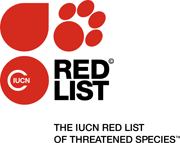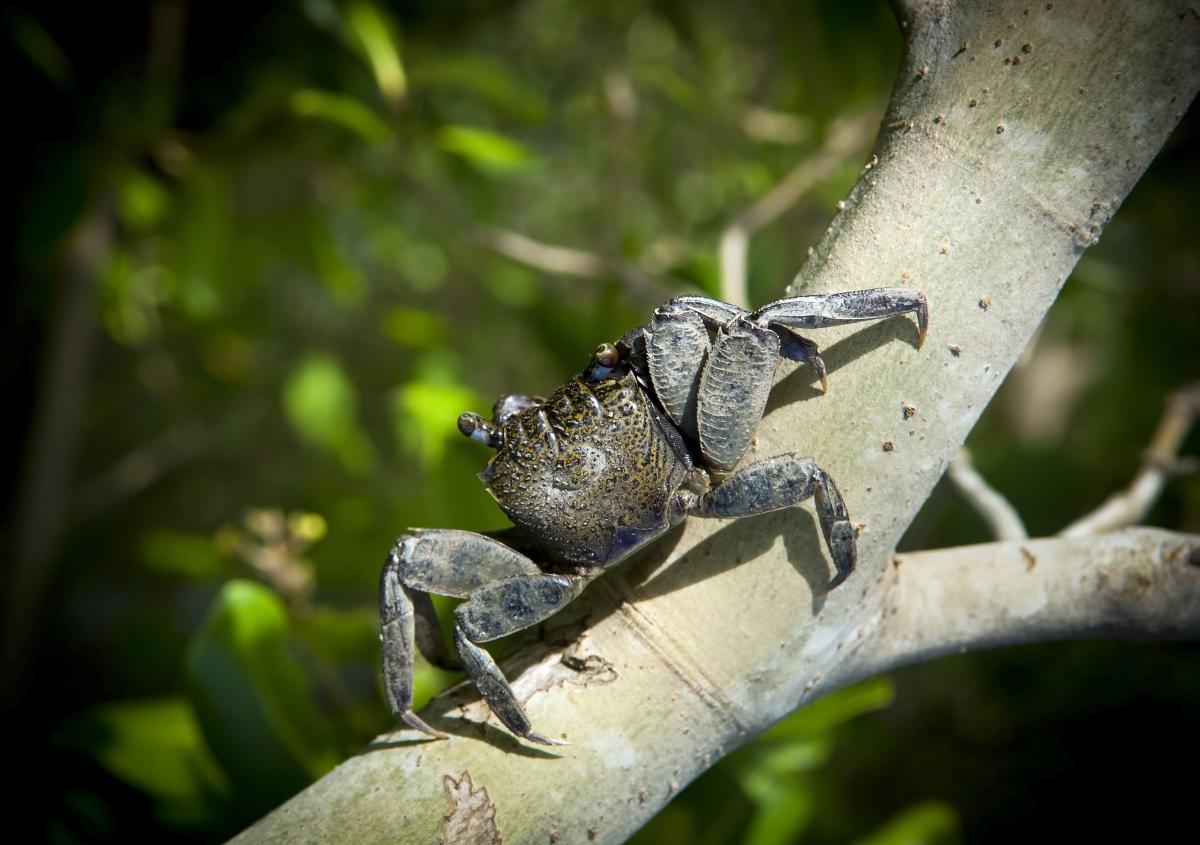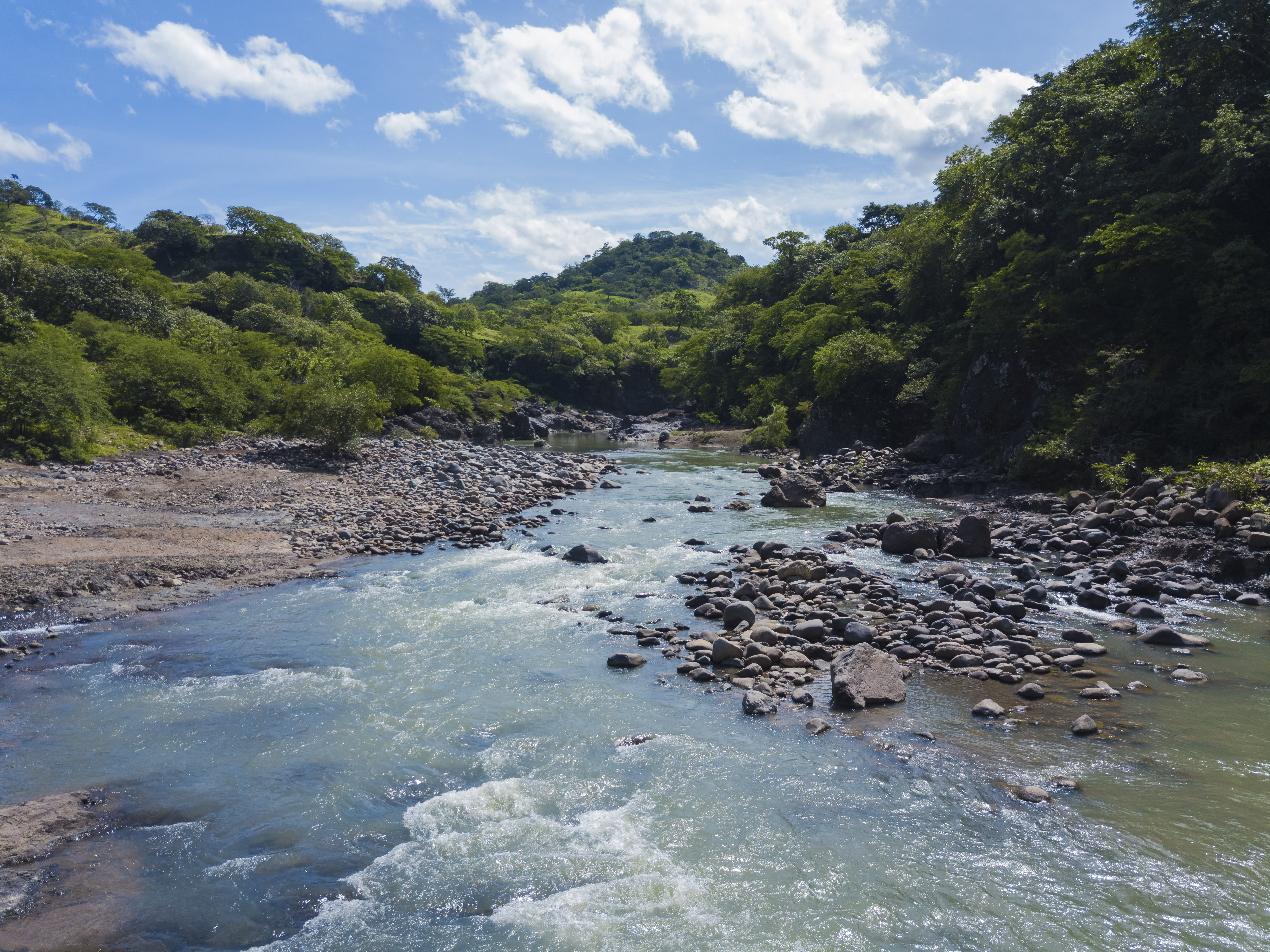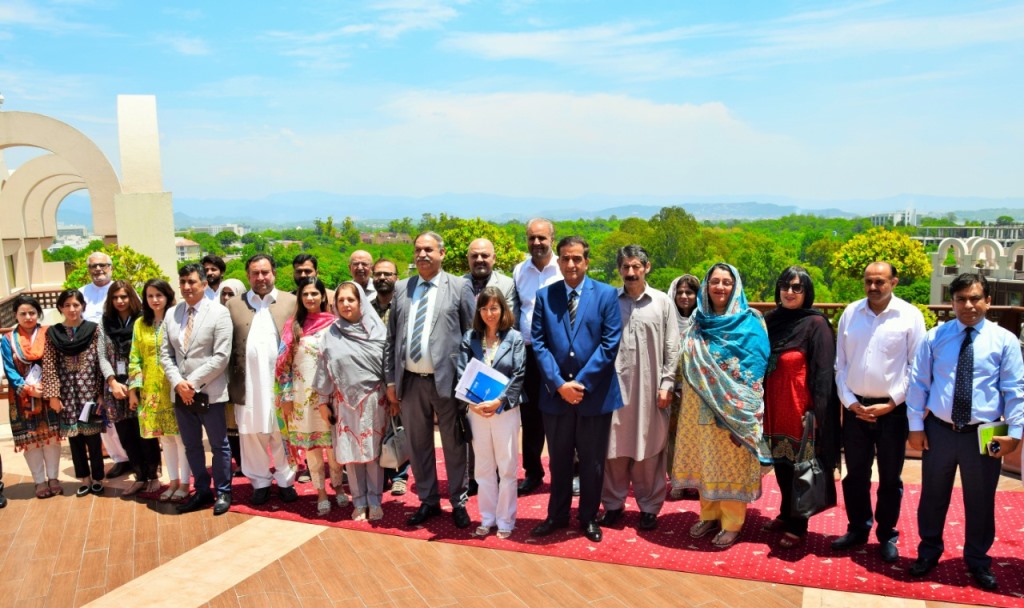UN uses IUCN Red List to measure success of Millennium Development Goals
For the first time, the United Nations Millennium Development Goals is monitoring the world’s plants and animals using the IUCN Red List Index.

Photo: IUCN
Until now, the seventh Millennium Development Goal, to ensure environmental sustainability, has not included any mention of biodiversity or the need to save species as a critical contribution to human development.
But with the launch of the latest Annual Report on progress towards the Millennium Development Goals, in advance of the High-level Event on the Millennium Development Goals at UN Headquarters in New York on 25 September, 2008, the goal now includes the aim to “significantly reduce the rate of biodiversity loss by 2010” as one of its targets. Progress will be monitored by measuring the proportion of species threatened with extinction – calculated by the IUCN Red List Index.
“This new target puts the importance of species at the top of the world’s agenda,” says Holly Dublin, Chair of IUCN’s Species Survival Commission. “The links between biodiversity and development are strong, which is why it’s important that the Millennium Development Goals prioritize the need to conserve species across the world. Species are harvested for food, medicines and fibres.They’re domesticated for agriculture and play an essential role in regulating local and global environments. It is great to see that nature is recognized as an essential contributor to human wellbeing.”
The Index, which is based on the world-renowned IUCN Red List of Threatened Species™, shows genuine trends in the overall extinction risk of sets of species at global, regional and increasingly at national levels.
“The IUCN Red List is the world’s most authoritative and reliable system for assessing the risk of species extinction,” says Jane Smart, Head of IUCN’s Species Programme. “Species are the best known component of biodiversity and therefore it’s vitally important to expand our work to establish a reliable trend in the rate of species loss. We’re delighted to have our Red List information used as a primary tool by the United Nations to monitor the status of the animals and plants we depend upon.”
The eight Millennium Development Goals, agreed by the world's governments and development institutions, range from reducing extreme poverty to halting the spread of HIV/AIDS. They provide measurable targets which can be achieved by the year 2015.
IUCN has partnered with BirdLife International, Conservation International, NatureServe and the Zoological Society of London to strengthen the standards of the IUCN Red List and to develop the Red List Index.
Birds have the longest history of comprehensive assessment of any class of organisms. As a result, BirdLife International has developed the first IUCN Red List Index for birds, which now has 20 years of trends.
A preliminary index has been published for amphibians and RLIs for mammals, cycads and corals will be produced shortly. RLIs for additional groups of species will be produced when they have been assessed though the IUCN Red List process.
The IUCN Red List Index has been presented for use to the United Nations through the United Nations Environment Programme World Conservation Monitoring Centre (UNEP-WCMC) which also, with IUCN, compiles the World Database on Protected Areas used to report progress in protected area coverage under the biodiversity target of the Millennium Development Goals. The index will be used to monitor progress and highlight where conservation efforts are needed.
For more information, please contact
• Sarah Horsley, IUCN Media Relations Officer, t +41 22 999 0127; e sarah.horsley@iucn.org
• Helen Boulden, IUCN Species Programme, t +41 22 999 0154; e helen.boulden@iucn.org
The MDG 2008 Report is available at http://mdgs.un.org with the new biodiversity target and indicators on pages 38 and 39.
Additional quotations
“It is excellent to see that BirdLife’s pioneering approach for measuring trends is being rolled out for other taxonomic groups, and has been adopted by the United Nations as an indicator against the Millenium Development Goals,” says Dr Stuart Butchart, BirdLife’s Global research and Indicators Coordinator. “BirdLife has found the IUCN Red List Index to be a powerful tool to track biodiversity trends. The IUCN Red List Index is a biological barometer telling us how the status of biodiversity changes over time. Using the IUCN Red List Index is a simple yet powerful approach that allows the assessment of trends in endangerment – the rate at which species are slipping towards extinction.”
“The world is waking up to the fact that environmental destruction and species extinction does real damage to peoples’ lives and livelihoods,” says Dr Matt Walpole, UNEP-World Conservation Monitoring Centre. “Pledging to reduce biodiversity loss as part of the Millennium Development Goals demonstrates clear recognition by the World’s governments that poverty reduction and sound environmental management go hand in hand.”
• “Maintaining biodiversity is integral to a healthy planet and achieving the Millennium Development Goals,” says Jonathan Baillie, Zoological Society of London (ZSL). “If we fail to safeguard biodiversity, ecosystems, upon which the poor depend, will be degraded and any progress we make in other areas of development may be shortlived. The bottom line is that development without consideration of biodiversity will not be successful.”
Images
Image of a white-rumped vulture is available from: http://www.birdlife.org/images/raw/marek_jobda_white_rumped_vulture.jpg
Please credit the image as: Marek Jobda / rarebirdsyearbook.com
White-rumped vulture (Gyps bengalensis) has recently been uplisted to Critically Endangered on the IUCN Red List of Threatened Species. The veterinary drug diclofenac, which is toxic to vultures, has been responsible for a catastrophic population decline (over 99%) in this species across the Indian Subcontinent. Since the collapse of the vulture population the number of feral dogs in India has doubled since the 1980s, and rabies is now increasing, causing significant economic and human health impacts.
About IUCN
IUCN, the International Union for Conservation of Nature, helps the world find pragmatic solutions to our most pressing environment and development challenges by supporting scientific research; managing field projects all over the world; and bringing governments, NGOs, the UN, international conventions and companies together to develop policy, laws and best practice.
IUCN is the world’s oldest and largest global environmental network. IUCN is a democratic union with more than 1,000 government and NGO member organizations, and some 10,000 volunteer scientists in more than 150 countries. IUCN’s work is supported by 1,100 professional staff in 62 countries and hundreds of partners in public, NGO and private sectors around the world. www.iucn.org
About Birdlife
BirdLife International is a global alliance of conservation organisations working in more than 100 countries and territories who, together, are the leading authority on the status of birds, their habitats and the issues and problems affecting them. More information can be found at www.birdlife.org
About UNEP-WCMC
UNEP-WCMC works to evaluate and highlight the many values of biodiversity and put authoritative biodiversity knowledge at the centre of decision-making. Since its establishment in the 1970s, it has been at the forefront of the compilation, management, analysis and dissemination of global biodiversity information. www.unep-wcmc.org
About ZSL
Founded in 1826, the Zoological Society of London (ZSL) is an international scientific, conservation and educational charity: our key role is the conservation of animals and their habitats. ZSL runs ZSL London Zoo and ZSL Whipsnade Zoo, carries out scientific research in the Institute of Zoology and is actively involved in field conservation in over thirty countries worldwide. www.zsl.org



